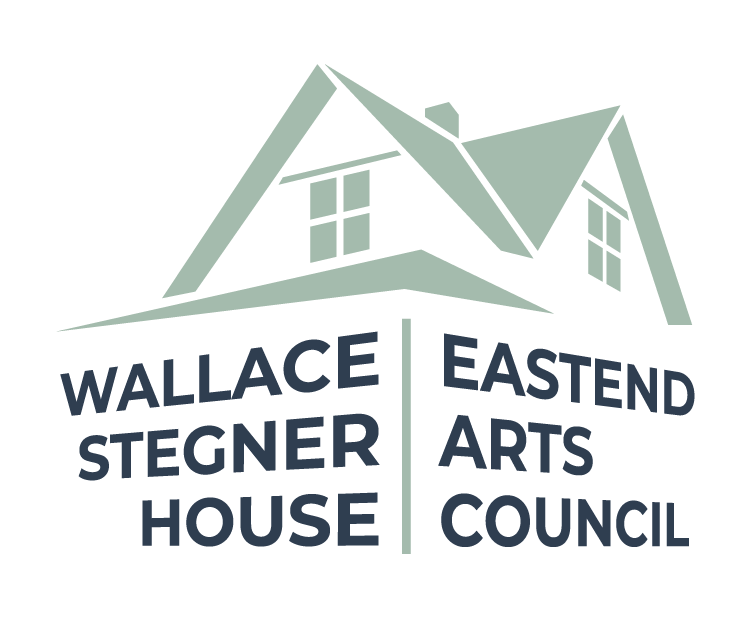Exploring the Geography of Hope
Wallace Stegner’s childhood in Eastend, SK
It was Wallace Stegner’s childhood experience of the secluded valley, reaching up and out to the vast open prairies just beyond Eastend, that informed the now famous Wilderness Letter to the US Congress in 1960 in which he made the argument that altered the course of how America viewed public land and wilderness.
In the letter he described wilderness as places of spiritual renewal, the birth of awe, and recognition of identity. He concluded, saying we need to preserve wilderness as a means of “reassuring ourselves of our sanity as creatures, a part of the geography of hope.”
This sense of place, Stegner called “The Geography of Hope”
Although he didn't know it at the time, he had coined a phrase that was to take on a life of its own. The Geography of Hope has become a positive and life giving rallying cry, embraced the world over in an effort to draw together and mobilize land owners, environmentalists, poets, writers, artists, filmmakers, academics, and ordinary people interested in rethinking, reimagining, and reinventing the meaning of land.
Wallace Stegner House is a part of The Geography of Hope for many reasons. Firstly, the House is Stegner’s childhood home. It’s “the place” that inspired Stegner’s writings—both his fiction and nonfiction which focused mainly on the West.
“I may not know who I am, but I know where I am from. I’ve got an exaggerated sense of place . . . my personal experiences are all I surely know, and those experiences are very likely to be rooted in places.” - Wallace Stegner
Eastend is a special place surrounded by land
Eastend is situated in the southwest corner of Saskatchewan, surrounded by more land than people, which has contributed to ample preservation initiatives. There’s Pine Cree Regional Park, Cypress Hills Provincial Park, and Grasslands National Park, Old Man on His Back Prairie and Heritage Conservation, and the Prairie Farm Rehabilitation Administration’s public grazing lands.
These places are all exactly what Stegner was referring to as The Geography of Hope and make Eastend and Wallace Stegner House well situated within this. What this means for the community is, whether people come or go, they will find land and places, not so different from the places Stegner would have remembered.
It takes work to preserve these special places
Stegner founded the Stanford Creative Writing Program and Writing Fellowships in 1946. At that time, the Iowa Writers Workshop was the only degree-granting institution in the country. Given Stegner’s legacy he understood well that the arts themselves were a very important and powerful way to “draw up to the edge and look in” so to speak.
In his Letter to Congress he concludes with the words, “we simply need that wild country available to us, even if we never do more than drive to its edge and look in….” In reference to Eastend, Stegner once said, “When I feel a need to return to the womb, this is the place toward which my unconscious turns like an old horse heading for the barn.”
Stegner’s childhood home, a place to work
Today, Stegner’s former childhood home has seen more than 250 residents over 30 years be inspired, nurtured, and renewed by the land we call Eastend, SK. Stegner House continues to draw people to the “place” that inspired Stegner’s Wolf Willow and Sharon Butala’s The Perfection of the Morning.
Stegner House, the vast landscape that surrounds it, and the artists and writers who are inspired by it, shape our understanding of who we are as Canadians and each in their own way, are part of The Geography of Hope.
Who else has drawn us up to the edge and look in with their work?
A Geography of Blood by Candace Savage which was written after her residency at Stegner House. This award winning book offered a much needed re-examination of the history of settlement in the West. The book is a combination of natural and human history which reconstructs the past of Southwest Saskatchewan, and in particular the settlement of the region by Canadians, who relied on the forceful removal of the region's Indigenous peoples.
The book was impeccably researched, and is imbued with Savage's passion for the “place.” At the same time she found that she needed to reassess the story she grew up with as the daughter, granddaughter, and great-granddaughter of prairie homesteaders. Savage, through her work, has offered many Canadians new insights into our colonial past. This she has done through her craft, the power of story, by creating a portrait of “the windswept, shining country of the Cypress Hills, a holy place that helps us remember.” Savage drew us to its edge and helped us look in.

